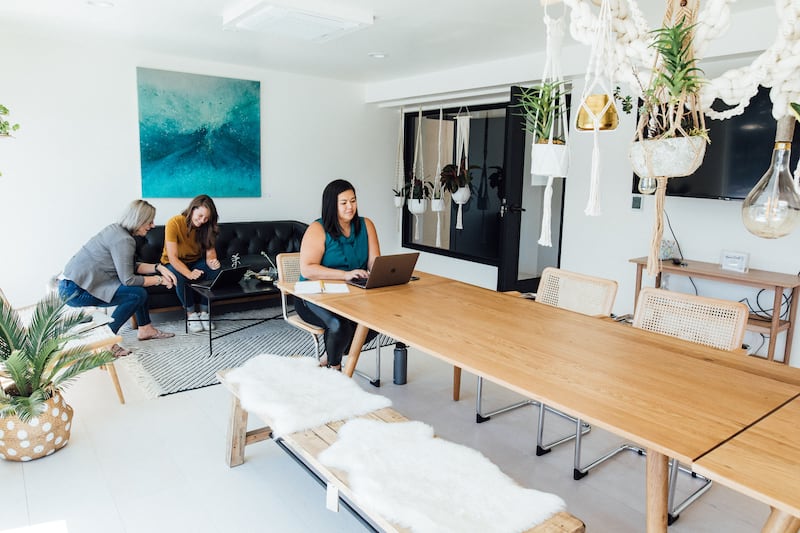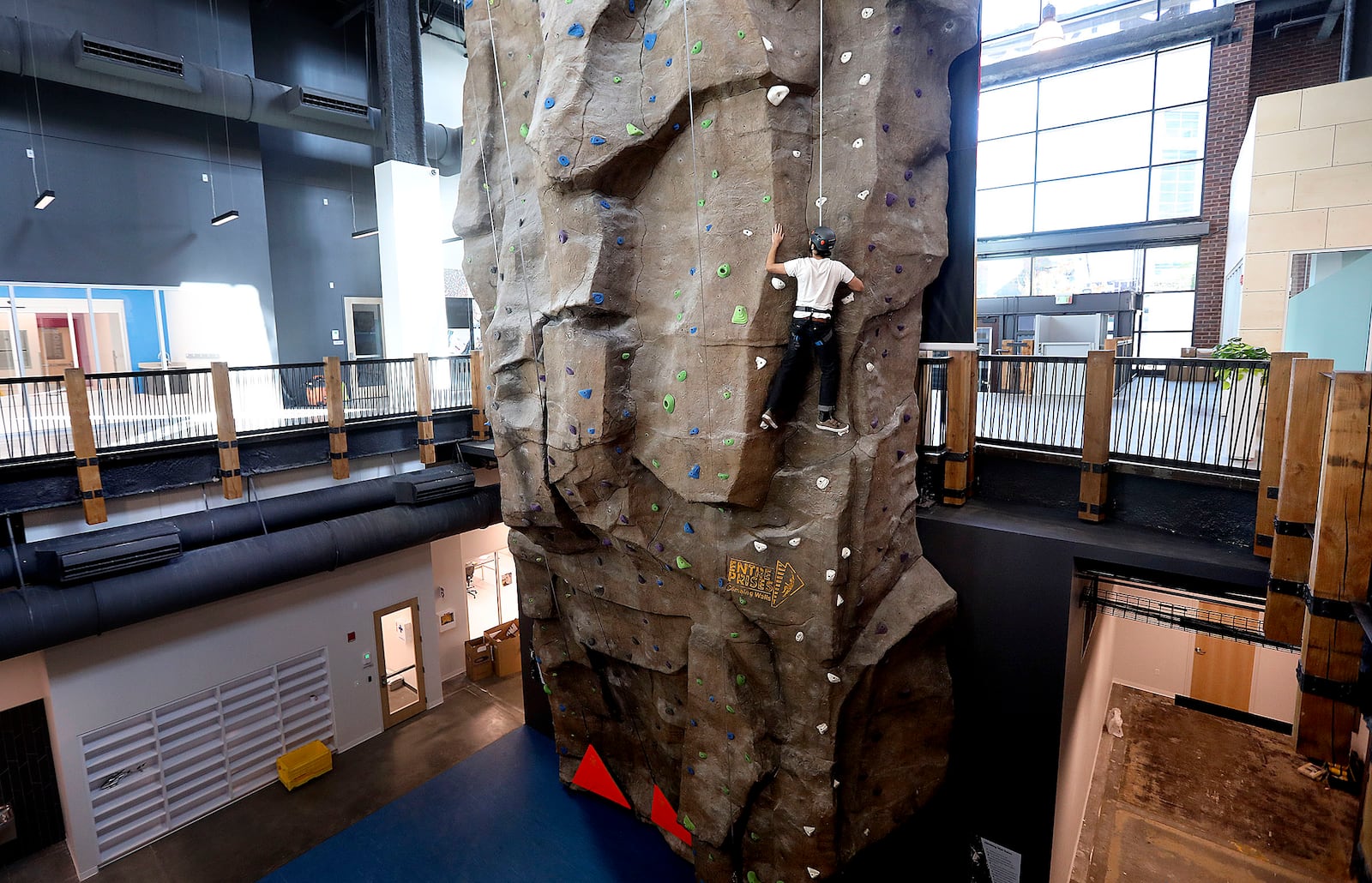This story appears in the November issue of Utah Business. Subscribe.
For Americans who grew up between the 1970s and the 1990s, so many memories have a similar setting: the mall.
In their heyday, malls were the epicenter of convenience, capitalism and community. You could get a massage, see a movie, play at an arcade, eat, get a makeover, buy a new wardrobe, shop for an engagement ring, get your ears pierced and maybe even see Britney Spears perform — all in one place.
In the 1980s, there were over 2,500 malls in the country. Now, there are around 700, and that number is still declining. Mall staples like Sears, Payless, Toys R Us, Macy’s and J.C. Penney have mostly closed up shop.
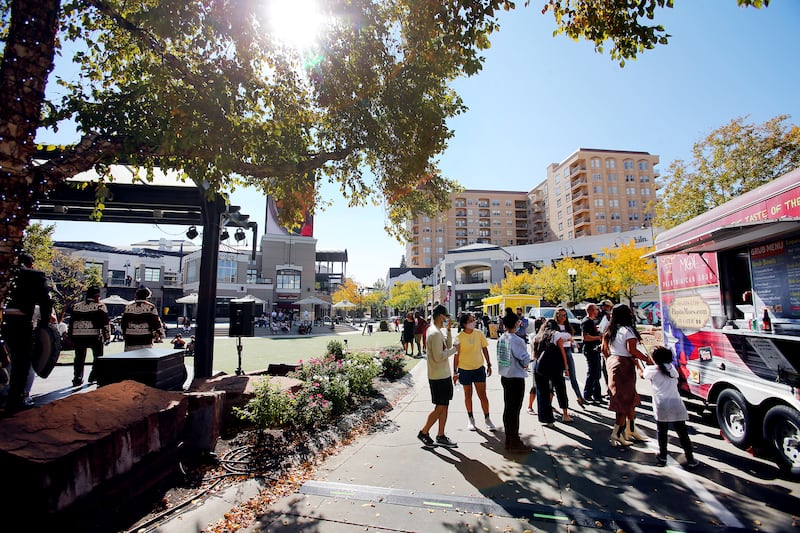
Turning aisles into ecosystems
Some malls have creatively adapted, offering new forms of entertainment and community events, like the world’s largest Dungeons & Dragons game. These modern malls have added VR experiences, escape rooms, art installations, axe throwing and even indoor theme parks.
Others have cleared out their stores and transformed them into hotels, community centers, schools, government buildings, churches and health centers.
With limited downtown real estate, a mall can be an excellent place for businesses, explains Aimee Edwards, executive director of BioHive. Infrastructure like electricity, escalators, elevators, lighting, ventilation — even food courts and bathrooms — is already in place, and public transportation routes have already been built to stop at malls.
Outdoor Salt Lake City mall The Gateway opened in 2001, riding the last waves of the mall craze. When the billion-dollar City Creek Center opened just a few blocks away, The Gateway lost many customers. Crime began to rise around it, and people experiencing homelessness regularly camped out nearby.
However, after Vestar bought it in 2016, The Gateway rallied. The mall became a venue for concerts, art pop-ups, festivals, conferences and local dining experiences.
The Gateway has also welcomed the BioHive hub, a central place for life science companies in Utah to build offices and research labs. Salt Lake City zoning has made it fairly easy to establish clusters of life science companies in one area.
“A lot of life science companies in Utah are looking for space to build out. They want to stay downtown, close to institutions, universities and the airport,” Edwards says.
Life science is a $21 billion industry and one of the Governor’s Office of Economic Opportunity’s five targeted industries in the state of Utah. BioHive began in 2021 and was created to fill a gap in the life science ecosystem with a “mission to brand, build, and bring together.”
“The life science industry has traditionally been pretty siloed,” Edwards says.
She explains that companies dealing with medical devices, pharmaceuticals, diagnostics and digital health all work in their own sector and often don’t communicate with each other.
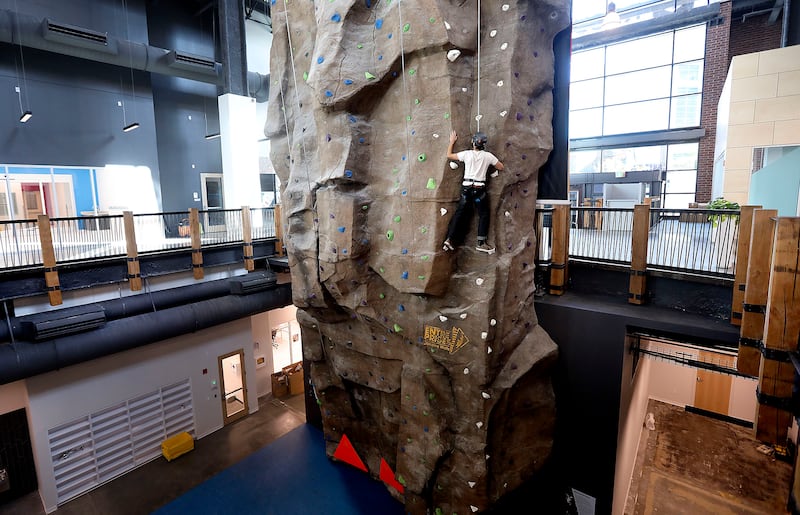
“We help connect individual companies so they’re sharing their story, getting to know what other people are doing, talking about challenges, building the ecosystem and drawing the attention of capital investors,” she says.
BioHive supports over 1,600 life science companies, many of which are small businesses. The nonprofit helps with workforce development, connects students to life science companies, and builds mentorship and leadership opportunities for women and marginalized communities.
“What these companies and individuals all have in common is patient health,” Edwards says. “Health is one of the greatest connectors. Everyone knows someone with health challenges. It’s part of life. Companies like this focus on impacting and saving lives.”
All-in-one community
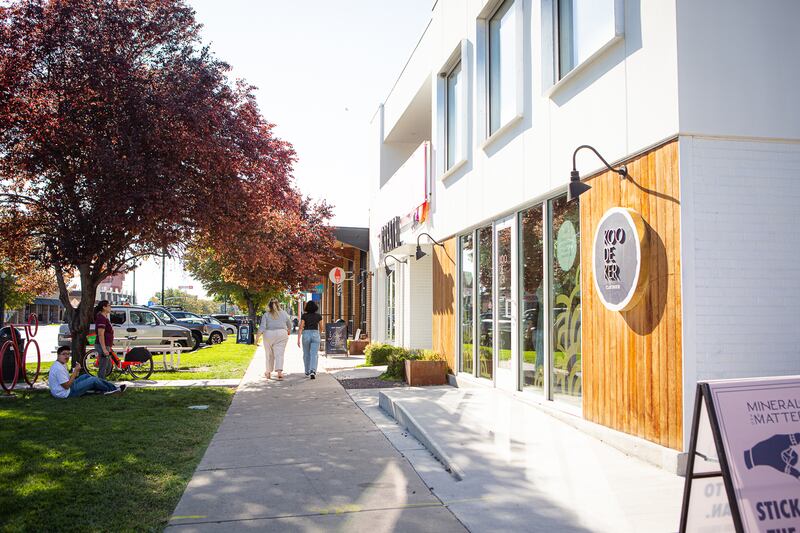
While some organizations remake the modern mall with updated facilities, others have decided to create new forms of community shopping, like Maven District, a neighborhood of local small businesses in downtown Salt Lake City.
In 2017, Maven District co-founder and CEO Tessa Arneson purchased a building for a new Pilates studio and needed other tenants. She decided to bring together local wellness businesses for convenience. If someone was working out and got injured, they could go to a physical therapist next door.
Rocky Donati — now Maven’s co-founder and “chief misfit officer” — was a client at Arneson’s previous studio. She had moved from San Francisco and missed the “neighborhood feeling” she experienced there. When Donati helped Arneson move into her new space, she made a suggestion: buy more buildings to create a neighborhood of their own.
The partners made friends with their neighbors in the surrounding buildings and eventually managed to purchase and fill them with local businesses, making the area more walkable and connected.
“It just organically kept unraveling and became larger than we would have anticipated,” Donati says, “But that’s the motto of dreaming big. You’ve got to ask for what you want and go after it.”
Maven now has 10 buildings with 250 total tenants.
After purchasing the building located at 945 S. 300 W., Arneson and Donati began thinking about how to make Maven a stabilized community with a diverse portfolio. They decided to split the building 50/50, half retail and half residential.
“The idea is that people aren’t just going to work here. We can connect residents and businesses to create a 360-degree ecosystem and localize the whole city,” Donati says. “Most people don’t travel more than a few miles outside of their home except for leisure. If you’re not connected to where you live, what’s the point?”
Arneson and Donati’s ultimate goal is to build a community designed for its people that incorporates their continual feedback instead of just profiting off them.
“The idea is that people aren’t just going to work here. We can connect residents and businesses to create a 360-degree ecosystem and localize the whole city.”
— Rocky Donati
When Donati explains Maven to people, she thinks back to the ’90s when she and her friends would spend so much time idly shopping at the mall.
“We want people to stay and linger and not just go to one business and leave,” she says. “There’s something so incredible about shopping locally and quite literally supporting your neighbor in the process. I don’t know if a mall was ever capable of doing that.”
